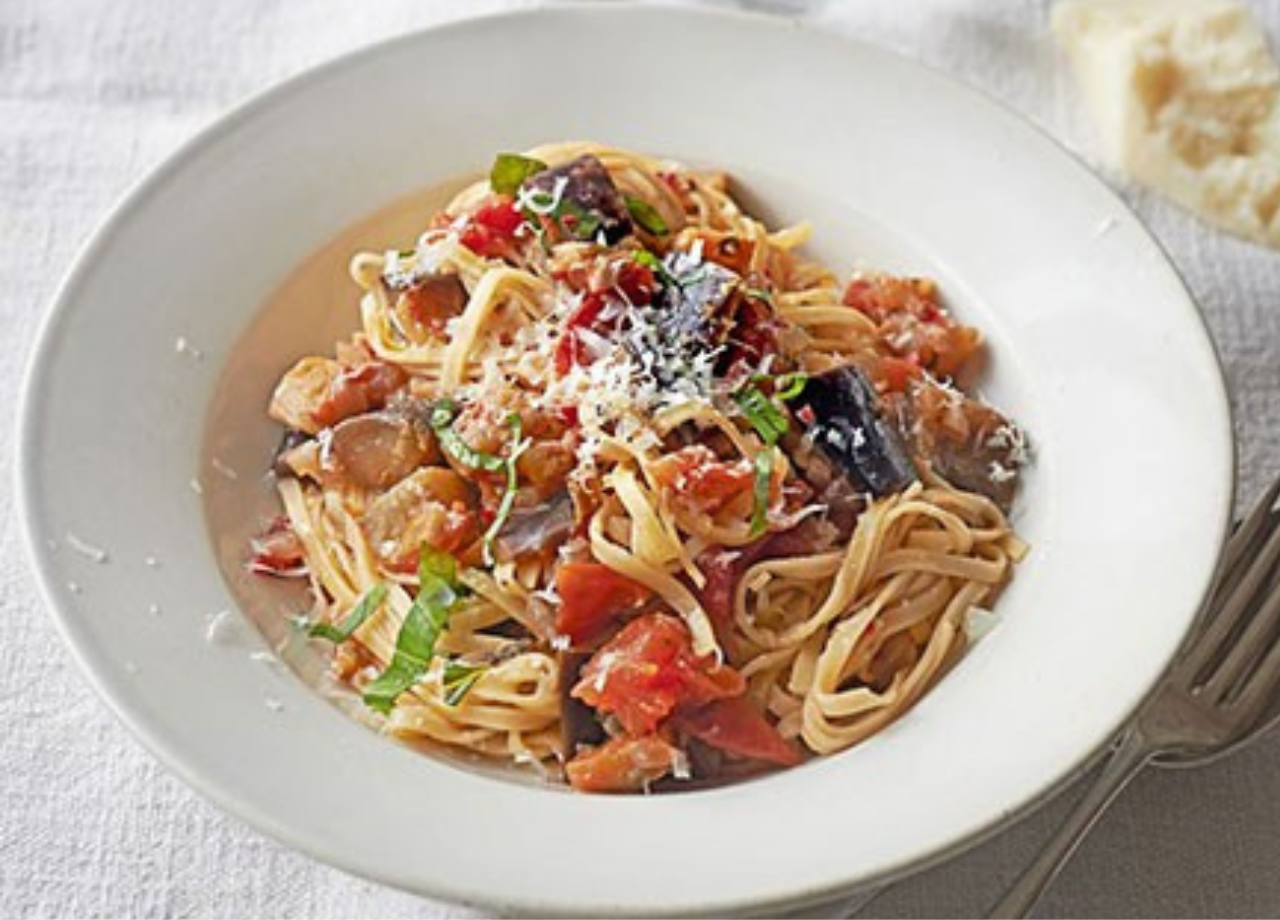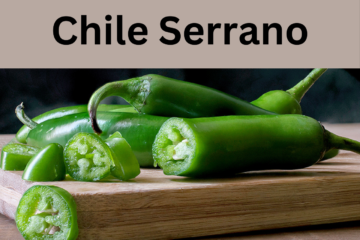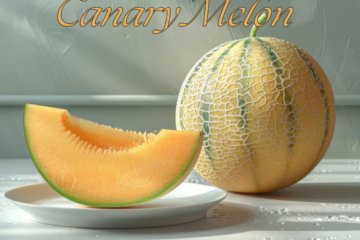Introduction
When it comes to pasta, Italy offers a variety of shapes, sizes, and flavors that cater to every palate. One such pasta that stands out is tagliolini—a delicate, thin ribbon of pasta that is often overshadowed by its more popular cousins like spaghetti or fettuccine. But what exactly is Tagliolini? Where does it come from, and how can you incorporate it into your meals? In this article, we’ll dive deep into the world of Tagliolini, exploring its history, preparation, and the best ways to enjoy it.
Table of Contents
Understanding the Difference Between Tagliolini and Other Pasta
Tagliolini vs. Tagliatelle
At first glance, Tagliolini and Tagliatelle might look quite similar—they both are long, ribbon-like pastas. The primary distinction is found in their thickness and width. Tagliolini is much thinner and finer than Tagliatelle, making it perfect for lighter sauces and delicate dishes.
Tagliolini vs. Fettuccine
Fettuccine, on the other hand, is a flat, thick pasta, ideal for rich, creamy sauces like Alfredo. Tagliolini, being finer and lighter, pairs well with more delicate sauces and ingredients, such as truffle or a simple aglio e olio.
The Origin of Tagliolini
Traditional Roots in Northern Italy
Tagliolini has its roots in Northern Italy, particularly in the regions of Piedmont and Emilia-Romagna. These regions are known for their love of delicate, buttery pasta dishes that perfectly complement the finer qualities of Tagliolini.
Regional Variations
While the traditional recipe remains largely the same, regional variations do exist. Some areas might use different types of flour or add unique local ingredients to the dough, giving Tagliolini a distinct flavor and texture.
How Tagliolini is Made
Ingredients Used
The traditional ingredients for Tagliolini are quite simple: flour, eggs, and a pinch of salt. This simplicity allows the quality of each ingredient to shine through, making it essential to use the freshest eggs and high-quality flour.
The Art of Dough Preparation
Crafting the dough is a skill all its own. The flour and eggs are combined to form a dough that is kneaded until smooth and elastic. The dough is then rested to relax the gluten, making it easier to roll out thinly.
Rolling and Cutting the Pasta
Once the dough has rested, it is rolled out into a thin sheet, typically using a pasta machine for consistency. The sheet is then carefully cut into thin ribbons, resulting in the delicate strands of Tagliolini.
Popular Tagliolini Dishes
Tagliolini al Tartufo (with Truffle)
One of the most popular dishes featuring Tagliolini is Tagliolini al Tartufo. This luxurious dish combines the earthy flavors of truffle with the light, delicate strands of tagliolini, creating a harmonious blend that is both indulgent and refined.
Tagliolini al Limone (with Lemon)
For a lighter, fresher take, Tagliolini al Limone is a delightful option. This dish pairs the pasta with a simple lemon sauce, offering a burst of citrus flavor that is perfect for summer dining.
Tagliolini with Seafood
Seafood lovers will enjoy Tagliolini paired with fresh seafood, such as clams, mussels, or shrimp. The thin pasta strands soak up the flavorful broth, providing a delightful combination of textures and tastes.
Health Benefits of Eating Tagliolini
Nutritional Value
Tagliolini is a source of complex carbohydrates, which are essential for energy. It also contains protein from the eggs used in the dough, making it a more nutritious option compared to some other pasta varieties.
Low Calorie and High Protein Options
When paired with light sauces or vegetables, Tagliolini can be a low-calorie, high-protein meal that fits into a balanced diet. For those looking to cut down on carbs, whole wheat versions are also available.
Cooking Tips for Perfect Tagliolini
Choosing the Right Ingredients
The key to a great Tagliolini dish starts with selecting high-quality ingredients. Fresh eggs, fine flour, and the freshest herbs or truffles can make all the difference.
Cooking Time and Techniques
Tagliolini cooks quickly due to its thinness, typically in 2-3 minutes. It’s crucial not to overcook it; the pasta should be al dente—firm to the bite.
Tagliolini in Modern Cuisine
Fusion Dishes
Modern chefs are experimenting with Tagliolini in fusion dishes, combining it with non-traditional ingredients like Asian spices or South American flavors, giving a new twist to this classic pasta.
Tagliolini in Gourmet Restaurants
Tagliolini has also found its place in gourmet restaurants around the world, where chefs showcase its versatility and ability to carry delicate flavors.
Pairing Tagliolini with the Right Sauces
Light vs. Rich Sauces
Because of its thin, delicate nature, Tagliolini is best paired with light sauces. However, it can also complement richer sauces if used carefully, ensuring the pasta does not become overwhelmed.
Wine Pairing Suggestions
Pairing wine with Tagliolini depends on the sauce and ingredients. Light white wines, such as Pinot Grigio or Sauvignon Blanc, work well with lemon or seafood-based dishes, while a richer white like Chardonnay can complement truffle dishes.
Tagliolini for Special Occasions
Holiday and Festive Recipes
During holidays or festive occasions, tagliolini is often prepared with luxurious ingredients like lobster or truffle, making it a special treat.
Tagliolini for Romantic Dinners
Its delicate nature and elegant appearance make Tagliolini an ideal choice for romantic dinners, especially when paired with a fine wine and a candlelit setting.
How to Make Tagliolini at Home
Step-by-Step Recipe
- Mix 2 cups of flour with 2 large eggs and a pinch of salt.
- Knead the dough until smooth and elastic.
- Let it rest for 30 minutes.
- Flatten the dough into a thin layer.
- Cut the dough into thin strips using a sharp knife or pasta machine.
- Boil in salted water for 2-3 minutes until it reaches a firm, tender texture.
- Drain and toss with your favorite sauce.
Tips for Beginners
For beginners, it’s best to start with a basic dough and gradually experiment with different ingredients and techniques as you become more comfortable with the process.
Buying Tagliolini: Fresh vs. dried
What to Look For in Quality Tagliolini
When buying tagliolini, whether fresh or dried, look for a smooth texture and uniform thickness. Fresh Tagliolini should have a slight elasticity, while dried Tagliolini should be free from cracks or discoloration.
Best Places to Buy Tagliolini
Quality Tagliolini can be found in Italian specialty stores, gourmet markets, or online. Fresh pasta is usually found in the refrigerated section, while dried pasta is available in the pasta aisle.
Storing and Preserving Tagliolini
Fresh Tagliolini Storage Tips
Fresh Tagliolini can be stored in the refrigerator for up to 2 days. To keep it from drying out, store it in a sealed container.
Can You Freeze Tagliolini?
Yes, you can freeze Tagliolini! Simply portion it into serving sizes, place it on a baking sheet to freeze, and then transfer it to a freezer bag. You can store it for as long as two months.
Frequently Asked Questions About Tagliolini
- What is the best sauce for Tagliolini? Light sauces like lemon or a simple butter sauce work best with Tagliolini.
- How do you prevent Tagliolini from sticking? Ensure you use plenty of water while boiling and stir the pasta from time to time.
- Can Tagliolini be made gluten-free? Yes, gluten-free flour can be used to make tagliolini, although the texture may differ slightly.
- How do fresh and dried Tagliolini differ? Fresh tagliolini has a softer texture and cooks faster, while dried tagliolini has a firmer bite.
- How do you cook Tagliolini to be al dente? Boil in salted water for 2-3 minutes and test for firmness.
Conclusion
Tagliolini is more than just a type of pasta—it’s a culinary experience that brings a touch of Italian elegance to any dish. Whether you’re enjoying it with a simple lemon sauce, indulging in a truffle-infused plate, or experimenting with modern fusion dishes, Tagliolini’s versatility and delicate flavor make it a standout choice. So next time you’re in the mood for pasta, consider giving Tagliolini a try. It just might become your new favorite!
You Can See Latest Updates On: touchcric




